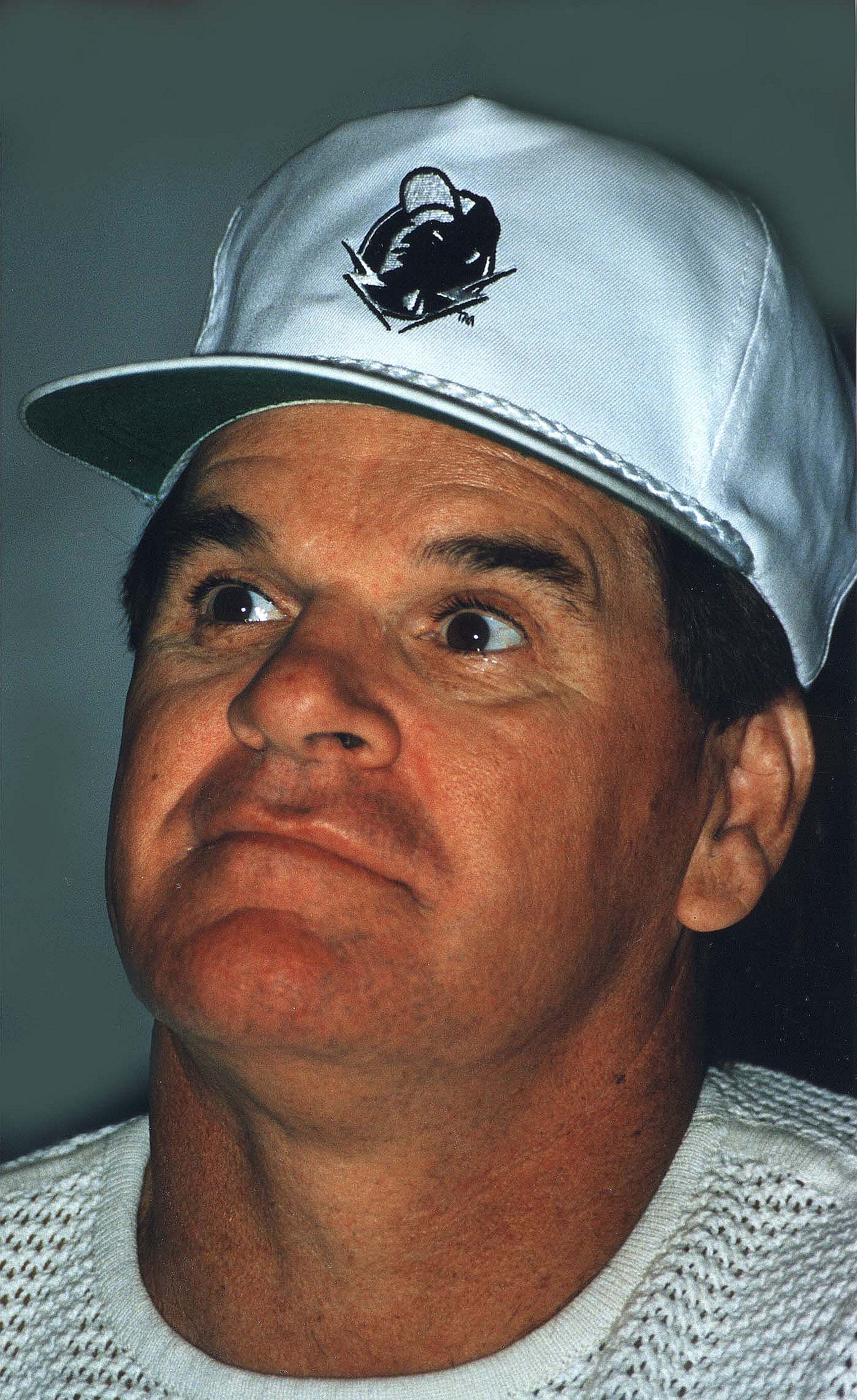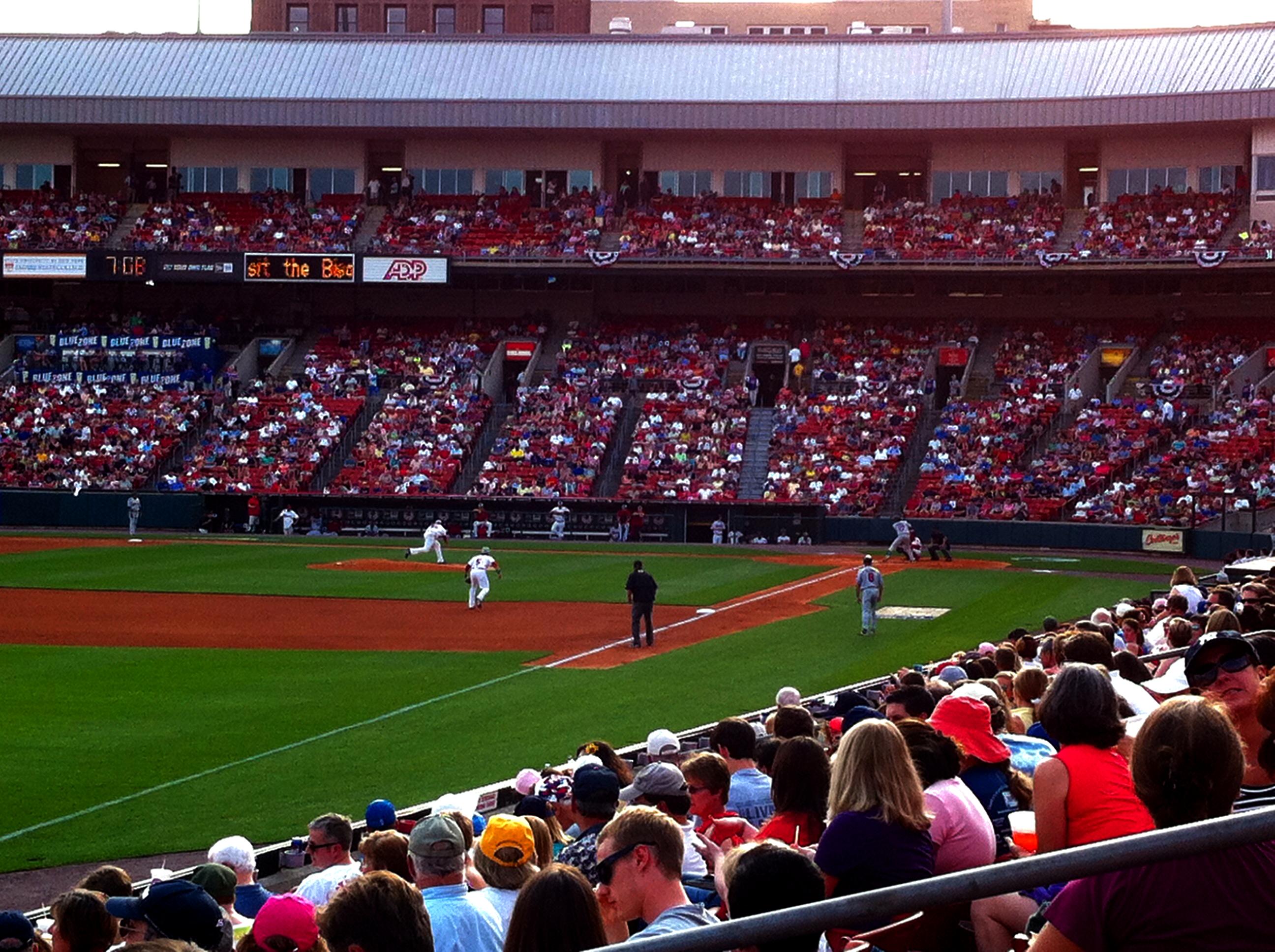|
Mike White (baseball)
Joyner Michael White (born December 18, 1938) is an American former professional baseball player. Primarily an outfielder, White appeared in Major League Baseball for all or parts of three seasons (1963–65) for the Houston Colt .45s / Astros. He is the son of the late Jo-Jo White, a former MLB outfielder and coach. Mike White threw and batted right-handed, stood tall and weighed . White attended American River Junior College, Sacramento, California, and signed with the Cleveland Indians in 1958; his father was a Cleveland scout and coach that season. But White suffered a serious knee injury in a 1958 intrasquad game and his career was nearly ended before it began. Despite constant therapy, he ran with a pronounced limp. White was able to play 126 minor league games in 1959 and 127 more in 1960. During the latter season, he batted .304 with 132 hits for the Reading Indians of the Class A Eastern League. But the Indians released him on December 8, 1960. However, baseball was i ... [...More Info...] [...Related Items...] OR: [Wikipedia] [Google] [Baidu] |
Center Fielder
A center fielder, abbreviated CF, is the outfielder in baseball who plays defense in center field – the baseball and softball fielding position between left field and right field. In the numbering system used to record defensive plays, the center fielder is assigned the number 8. Position description Outfielders must cover large distances, so speed, instincts and quickness to react to the ball are key. They must be able to catch fly balls above their heads and on the run. They must be able to throw the ball accurately over a long distance to be effective. As well as the requirements above, the center fielder must be the outfielder who has the best combination of speed and throwing distance. The center fielder "covers more 'grass' than any other player" (see photo) and, most likely, will catch the most fly balls. The position also has the greatest responsibility among the three outfielders for coordinating their play to prevent collisions when converging on a fly ball, and on ... [...More Info...] [...Related Items...] OR: [Wikipedia] [Google] [Baidu] |
Pinch Hitter
In baseball, a pinch hitter is a substitute Batting (baseball), batter. Batters can be substituted at any time while the dead ball (baseball), ball is dead (not in active play); the manager (baseball), manager may use any player who has not yet entered the game as a substitute. Unlike basketball, American football or ice hockey, and in a similar way to association football, baseball does not have a "free substitution rule" (at the professional level) and thus the replaced player is not allowed back into that game. The pinch hitter assumes the spot in the batting order of the player whom he replaces. Pinch hitters are commonly used to replace a weak hitter (often the pitcher) or to gain a Platoon system, platoon advantage. The player chosen to be a pinch hitter is often a backup infielder or outfielder whose defensive skills are limited. In Major League Baseball (MLB), catchers are less likely to be called upon to pinch-hit, because most teams have only two catchers. Pitchers are ... [...More Info...] [...Related Items...] OR: [Wikipedia] [Google] [Baidu] |
Center Fielder
A center fielder, abbreviated CF, is the outfielder in baseball who plays defense in center field – the baseball and softball fielding position between left field and right field. In the numbering system used to record defensive plays, the center fielder is assigned the number 8. Position description Outfielders must cover large distances, so speed, instincts and quickness to react to the ball are key. They must be able to catch fly balls above their heads and on the run. They must be able to throw the ball accurately over a long distance to be effective. As well as the requirements above, the center fielder must be the outfielder who has the best combination of speed and throwing distance. The center fielder "covers more 'grass' than any other player" (see photo) and, most likely, will catch the most fly balls. The position also has the greatest responsibility among the three outfielders for coordinating their play to prevent collisions when converging on a fly ball, and on ... [...More Info...] [...Related Items...] OR: [Wikipedia] [Google] [Baidu] |
At Bats
In baseball, an at bat (AB) or time at bat is a batter's turn batting against a pitcher. An at bat is different from a plate appearance. A batter is credited with a plate appearance regardless of what happens during their turn at bat, but a batter is credited with an at bat only if that plate appearance does not have one of the results enumerated below. While at bats are used to calculate certain statistics, including batting average and slugging percentage, a player can qualify for the season-ending rankings in these categories only if they accumulate 502 plate appearances during the season. Batters will not receive credit for an at bat if their plate appearances end under the following circumstances: * They receive a base on balls (BB).In 1887, Major League Baseball counted bases on balls as hits (and thus as at-bats). The result was high batting averages, including some near .500, and the experiment was abandoned the following season. * They are hit by a pitch (HBP). * They ... [...More Info...] [...Related Items...] OR: [Wikipedia] [Google] [Baidu] |
Single (baseball)
In baseball, a single is the most common type of base hit, accomplished through the act of a batter safely reaching first base by hitting a fair ball (thus becoming a runner) and getting to first base before a fielder puts him out. As an exception, a batter-runner reaching first base safely is not credited with a single when an infielder attempts to put out another runner on the first play; this is one type of a fielder's choice. Also, a batter-runner reaching first base on a play due to a fielder's error trying to put him out at first base or another runner out (as a fielder's choice) is not credited with a single. On a single hit to the outfield, any runners on second base or third base normally score, and sometimes the runner from first base is able to advance to third base. Depending on the location of the hit, a quick recovery by the outfielder can prevent such an advance or create a play on the advancing runner. Hitters who focus on hitting singles rather than doubles ... [...More Info...] [...Related Items...] OR: [Wikipedia] [Google] [Baidu] |
Farm System
In sports, a farm team, farm system, feeder team, feeder club, or nursery club is generally a team or club whose role is to provide experience and training for young players, with an agreement that any successful players can move on to a higher level at a given point, usually in an association with a major-level parent team. This system can be implemented in many ways, both formally and informally. It is not to be confused with a practice squad, which fulfills a similar developmental purpose but the players on the practice squad are members of the parent team. The term is also used as a metaphor for any organization or activity that serves as a training ground for higher-level endeavors. For instance, business schools are occasionally referred to as "farm clubs" in the world of business. Contracted farm teams Baseball In the United States and Canada, Minor League Baseball teams operate under strict franchise contracts with their major league counterparts. Although the vast maj ... [...More Info...] [...Related Items...] OR: [Wikipedia] [Google] [Baidu] |
Third Baseman
A third baseman, abbreviated 3B, is the player in baseball or softball whose responsibility is to defend the area nearest to third base — the third of four bases a baserunner must touch in succession to score a run. In the scoring system used to record defensive plays, the third baseman is assigned the number 5. Third base is known as the "hot corner", because the third baseman is often the infielder who stands closest to the batter—roughly 90–120 feet away, but even closer if a bunt is expected. Most right-handed hitters tend to hit the ball hard in this direction. A third baseman must possess good hand-eye coordination and quick reactions to catch batted balls whose speed can exceed . The third base position requires a strong and accurate arm, as the third baseman often makes long throws to first base or quick ones to second base to start a double play. As with middle infielders, right-handed throwing players are standard at the position because they do not need to ... [...More Info...] [...Related Items...] OR: [Wikipedia] [Google] [Baidu] |
Los Angeles Angels
The Los Angeles Angels are an American professional baseball team based in the Los Angeles metropolitan area. The Angels compete in Major League Baseball (MLB) as a member club of the American League (AL) West division. Since 1966, the team has played its home games at Angel Stadium in Anaheim, California. The franchise was founded in Los Angeles in 1961 by Gene Autry as one of MLB's first two expansion teams and the first to originate in California. Deriving its name from an earlier Los Angeles Angels franchise that played in the Pacific Coast League (PCL), the team was based in Los Angeles until moving to Anaheim in 1966. Due to the move, the franchise was known as the California Angels from 1965 to 1996 and the Anaheim Angels from 1997 to 2004. "Los Angeles" was added back to the name in 2005, but because of a lease agreement with Anaheim that required the city to also be in the name, the franchise was known as the Los Angeles Angels of Anaheim until 2015. The current Lo ... [...More Info...] [...Related Items...] OR: [Wikipedia] [Google] [Baidu] |
Expansion Team
An expansion team is a new team in a sports league, usually from a city that has not hosted a team in that league before, formed with the intention of satisfying the demand for a local team from a population in a new area. Sporting leagues also hope that the expansion of their competition will grow the popularity of the sport generally. The term is most commonly used in reference to the North American major professional sports leagues but is applied to sports leagues in other countries with a closed franchise system of league membership. The term refers to the expansion of the sport into new areas. The addition of an expansion team sometimes results in the payment of an expansion fee to the league by the new team and an expansion draft to populate the new roster. Reasons for expansion In North America, expansion often takes place in response to population growth and geographic shifts of population. Such demographic change results in financial opportunities to engage with the n ... [...More Info...] [...Related Items...] OR: [Wikipedia] [Google] [Baidu] |
Eastern League (1938–2020)
Eastern League may refer to: Baseball in the United States ''Most recent leagues listed first'' * Eastern League (1938–present), a minor league established in 1923 and renamed Eastern League in 1938, at the Double-A level * Eastern League (1916–1932), a minor league that last operated at the Class B and Class A levels * Eastern League (1892–1911), operating name of the International League before 1912 * Eastern League (1884–1887), a minor league that was absorbed into the International League Other uses * Eastern League (Japanese baseball), one of two professional baseball minor leagues in Japan * Eastern Football Netball League, an Australian rules football league * Eastern Football League (Scotland), a Scottish non-league football league * Eastern Professional Basketball League, an early name of the Continental Basketball Association * Eastern Professional Soccer League (1928–29), an American soccer league * Eastern Hockey League, an American professional ice hockey min ... [...More Info...] [...Related Items...] OR: [Wikipedia] [Google] [Baidu] |




